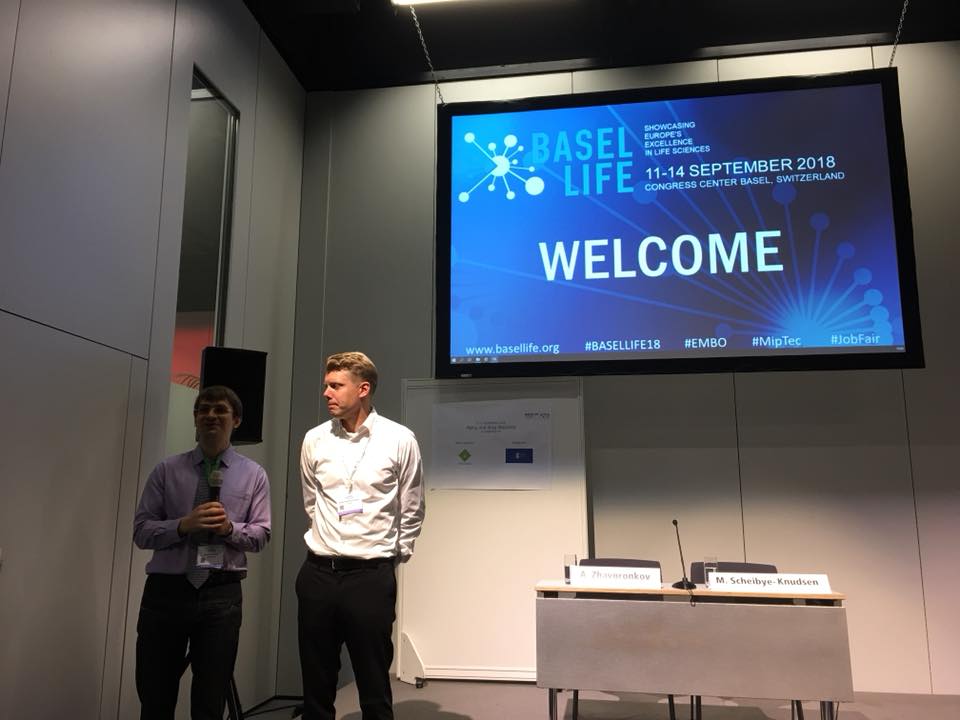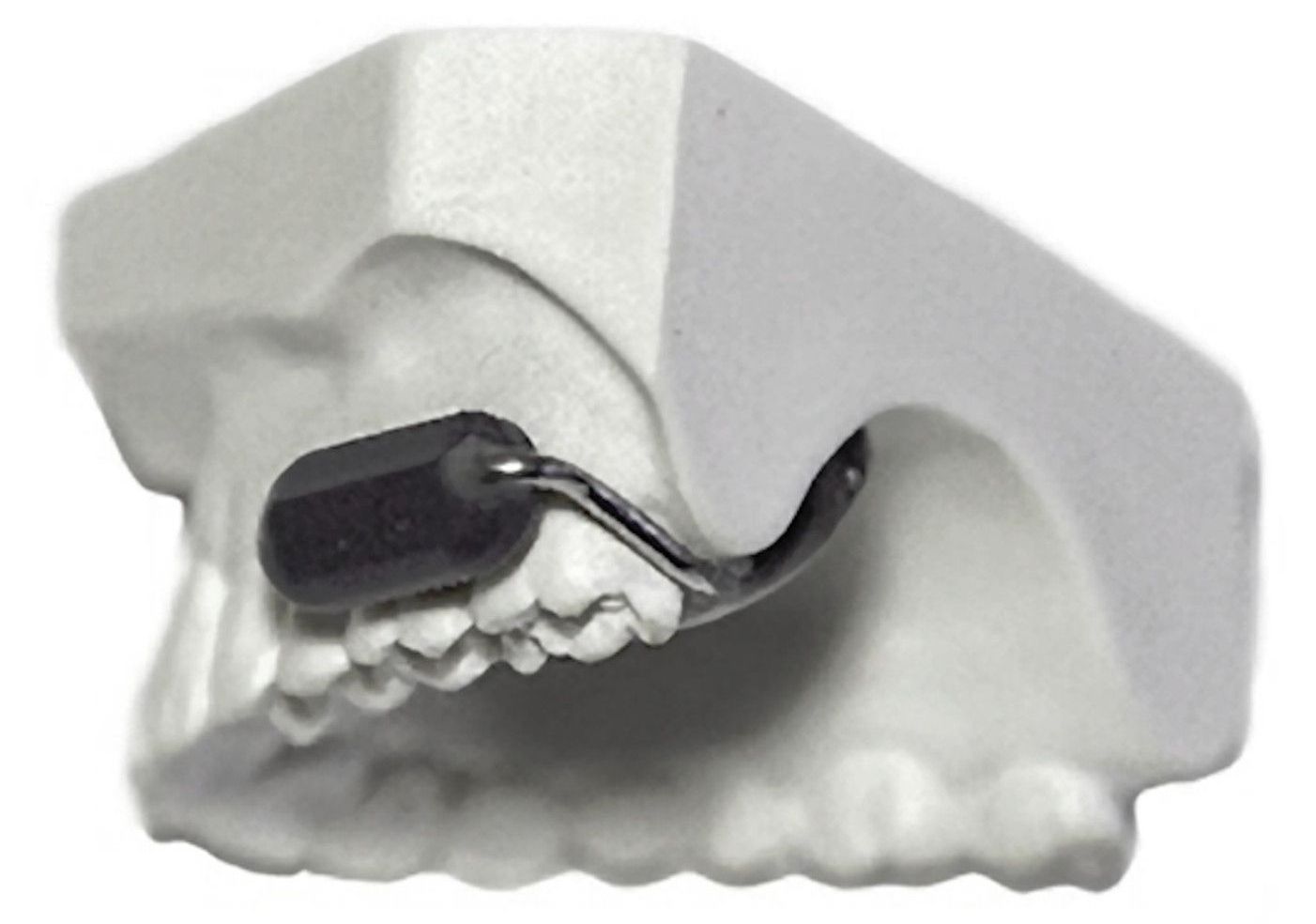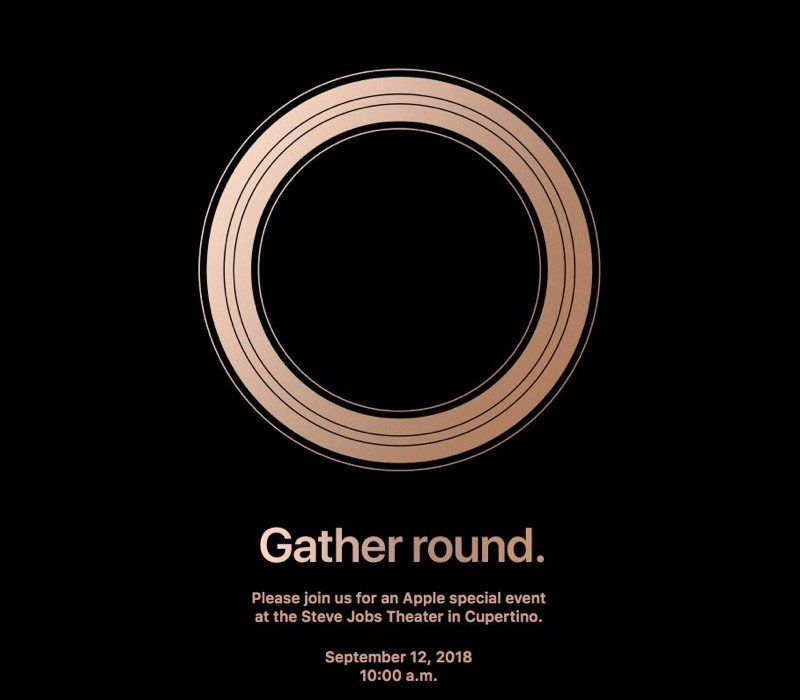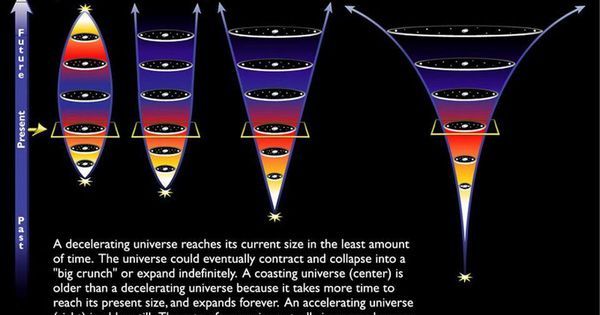Here in beautiful Basel, Switzerland we open the section Aging and Drug Discovery, actually an intersection of AI, longevity and drug discovery in the Innovation Forums of Basel Life Conference 2018. Dr Alex Zhavoronkov (InSilico Medicine) and Dr Morten Scheibye-Knudsen (University Copenhagen) welcomed us. Dr Jay Olshansky (University of Illinois at Chicago) gave the first lecture. Some examples for age face recognition were shown, emphasising the importance of wrinkles from smoking or others and suggesting that looking younger means living longer! After the wonderful lecture I immediately went to correct my make-up!










